Home / Culture

To learn more about the uniqueness of a place and its traditions, a dinner conversation is the perfect place to start. At home, surrounded by wooden kitchen sofas, embroidered words of wisdom and shoe racks, you will find the most genuine food experiences Swedish Lapland has to offer.
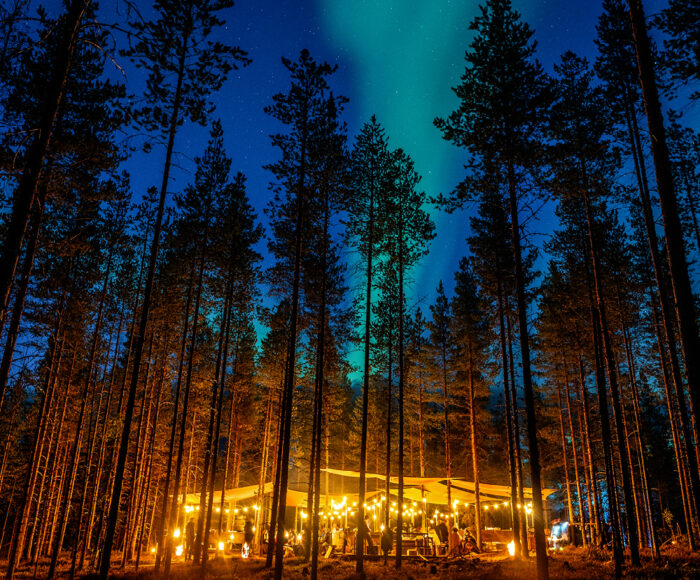
Summer is approaching. People in the north are looking forward to life during three months of midnight light. The snow covering the barbecue has melted, and it is time to eat out(side) again.
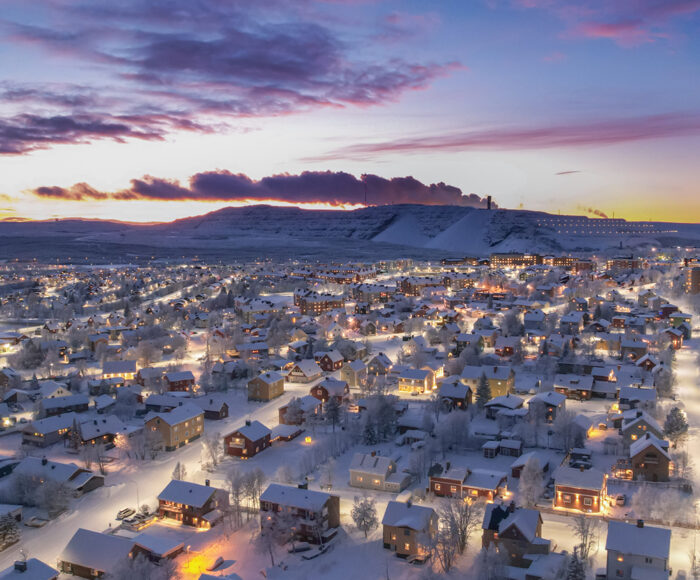
People here in the North are accustomed to change; we even move entire towns now and then. At the moment, this region is in the middle of the biggest industrial transition in living history. One could wonder what that does to the people and the place.
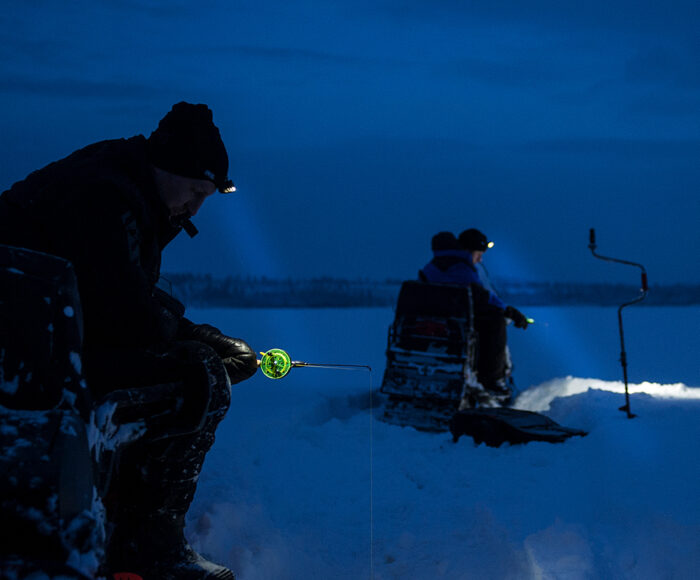
Most good fishing stories involve a gigantic fish. This story is of course no exception, as our author heads out onto thin ice.
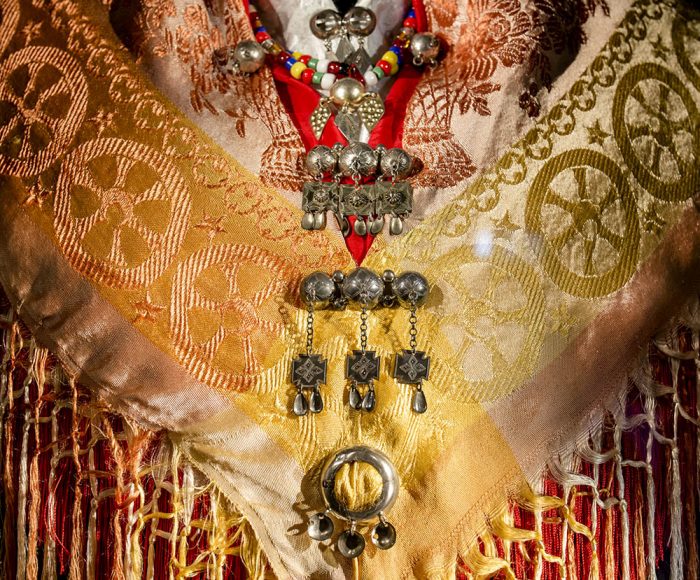
The story of Sápmi is a colourful one, and an Arctic lifestyle without Sámi knowledge is inconceivable. Manifestly, as bearers of the cultural heritage, Sámi artists of today have a firm footing in the protection of the indigenous people’s land. But from a world in which even subtle details as bootlaces carry a history, we have a great deal to learn.
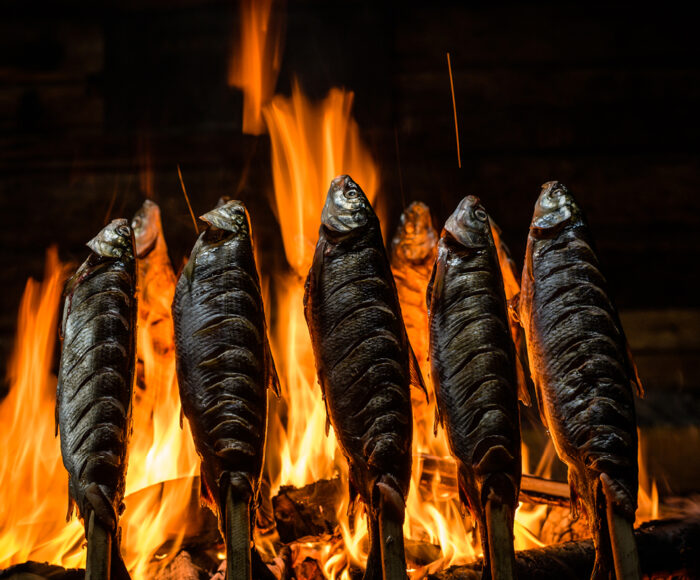
The seasonality of Arctic cuisine has created a unique food culture. In line with other parts of the green transition – where technological innovations are improving the future – sustainable cultivation methods are emerging in the north. From superberries and game to free-range cattle, during blizzards as well as warm summer nights.
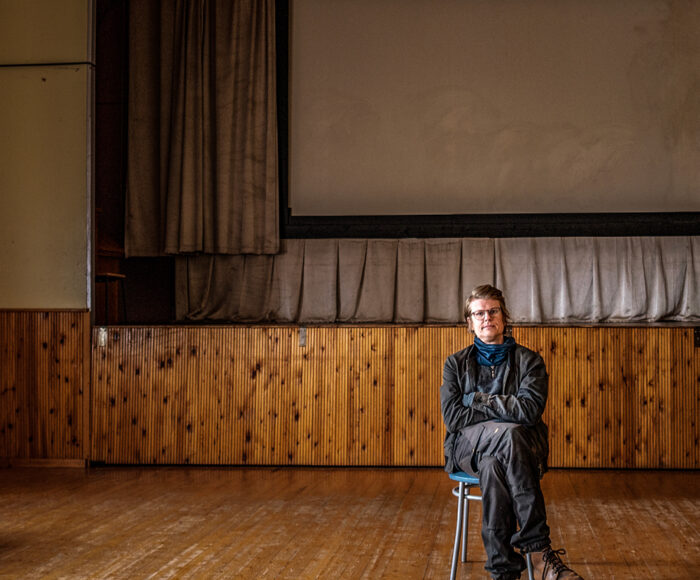
Pablo Picasso is a true icon among the artists of the world. There were actually plans set in motion for him to leave an impression in Kiruna, but something happened along the way. Instead of the planned 33-metre-high Picasso sculpture in Kiruna all there is, is a copy of the sculpture’s model at Konsthall Tornedalen in Vietsaniemi.
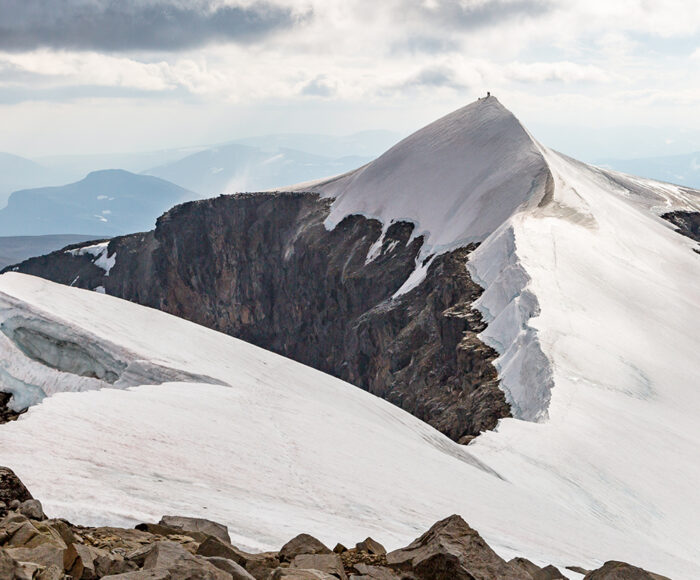
In addition to being Sweden's highest mountain, Giebmegáisi – or Kebnekaise as it came to be called in Swedish – is an interesting story about how mountains are named, and how easy mistakes are made. The mountain is also a clear sign of a changing Arctic, and for some it's a mountain to call home.
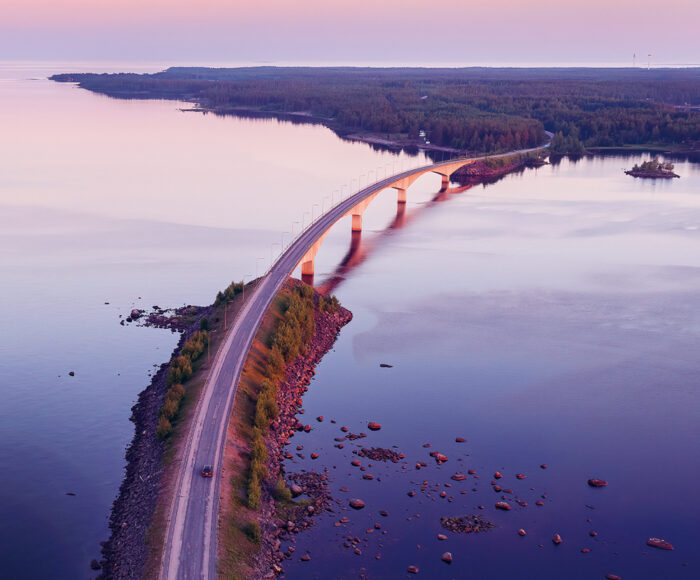
Tornedalen, the borderland between Sweden and Finland, is in many ways unique. The Torne River has never really been a border. Instead, it has tied the two countries together; never dividing, only uniting, to the benefit of sweethearts, smugglers, spies and sauna-bathing travellers. This summer take a road-trip through the promised land of the sauna.
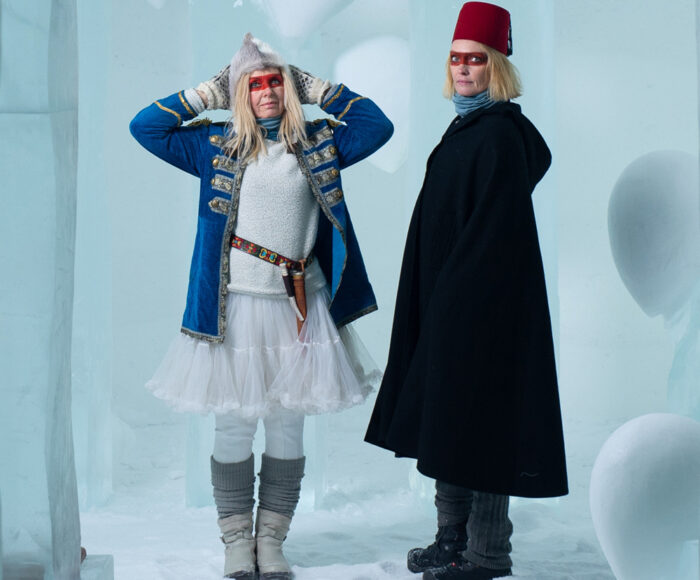
For those who are blind to the experiences close to home, it can be difficult to assign a value to a nearby place that has intrinsic beauty, quality and taste. We asked some of the world’s foremost creatives in food, design, art and architecture to explain their relationship with Sweden’s arctic destination, Swedish Lapland.
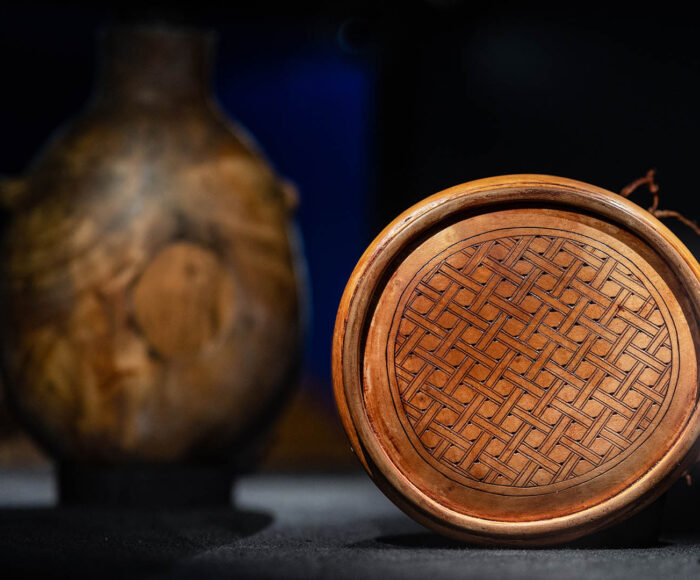
Two of Sweden's best museums for those interested in Sami history and Arctic cultural life are Ájtte in Jokkmokk and the Silver Museum in Arjeplog. Both these institutions have a similar history. But what stories would they tell us if they were able to?
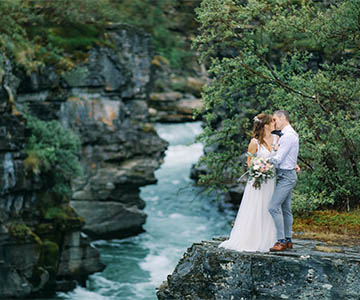
Helicopter rides over mountain peaks, dog sledding across sparkling snow and fluttering tulle under the midnight sun. This is what the wildly varying working days of wedding photographer Rebecca Lundh look like.
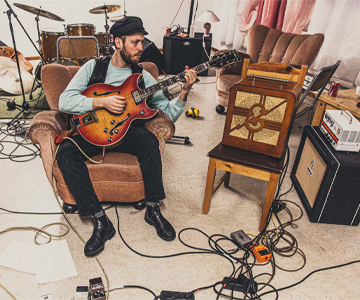
Telling a great story has always been important. In fact, some claim that homo sapiens thrived as species due to their skills in gossiping. From jojk to Airijoki, from stories to songs, this place is known for a good vibe.
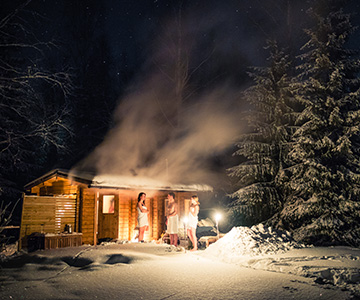
Sauna, or bastu in Swedish, is something as natural to people in the north as the midnight sun and the northern lights. It used to be something of a prerequisite for life in the Arctic, and now it is a rich part of the culture itself. Sauna is the essence of life up here.
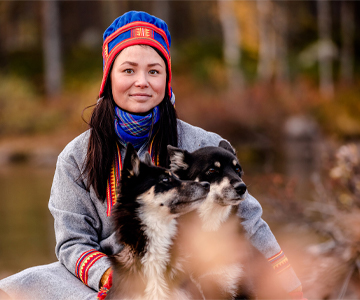
Simply put, painter and craft artist Leila Nutti is a jack of all trades. But what she does is perhaps more aptly described by the Sámi word árbediehtu.
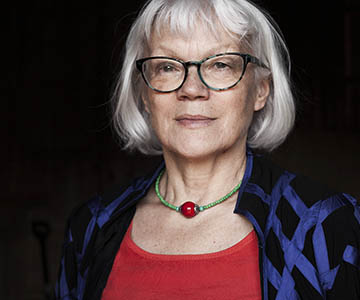
She celebrates her 40th anniversary as an artist, Sámi narrator Britta Marakatt-Labba. This is also how long it has taken Swedes to discover her art. The breakthrough was international for this resistance artist who tells her story with the needle as a brush.
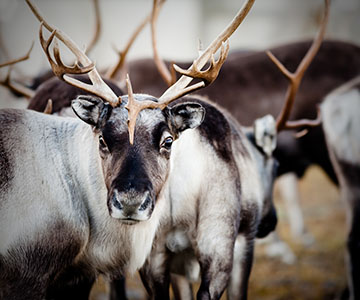
Our home, Swedish Lapland, has been formed by the Ice Age, the seasons and the reindeer. And we, too, have lived our lives in the shadow of the forces of nature.
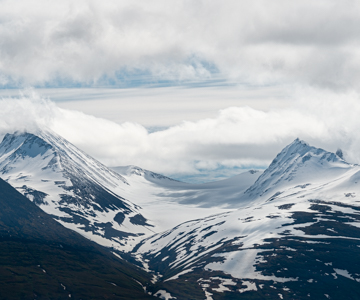
The Sámi culture is traditionally strong, and since the Sámi have lived and worked in northern Sweden for millennia, the culture is a big part of our Arctic lifestyle in Swedish Lapland.
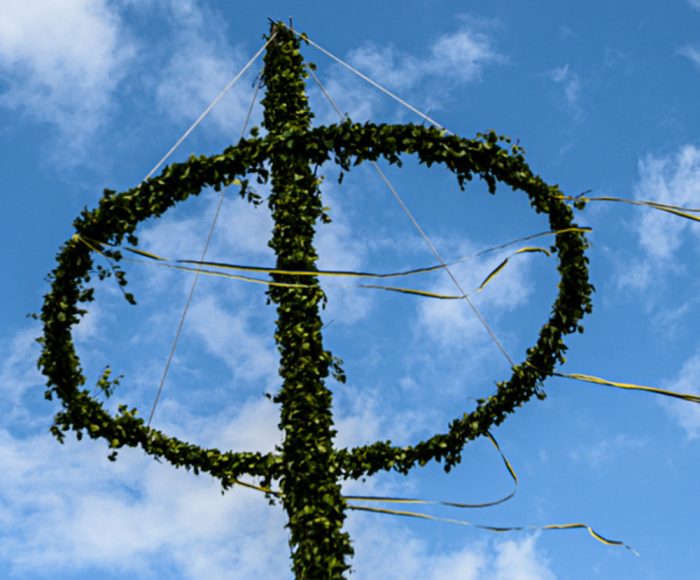
When the sun never sets, and the kids are on summer holiday. When holidays are waiting around the corner and meadows explode with wood cranesbill. That's when long lines of cars queue up to get out of the cities. It's time to go find tranquillity with friends and family in summer houses and holidays homes, away from the hustle and bustle. It's time to celebrate the most important holiday of the summer. It's midsummer.
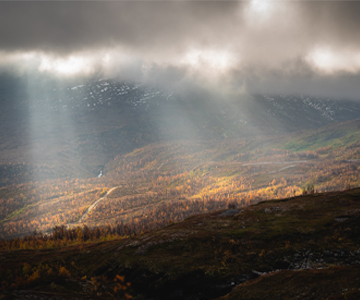
Many towns, mountains, rivers in Swedish Lapland bear the names given to them by the Sámi people, usually describing their characteristics. When reading a map of Swedish Lapland, knowing the meaning of some Sámi words adds another, fascinating dimension to the landscape.
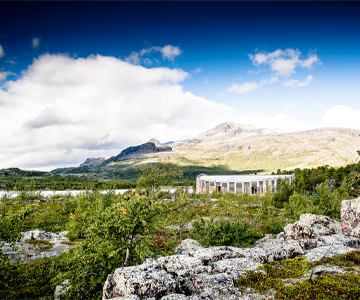
On a headland called Viedásnjárgga in Stora Sjöfallet National Park lies Naturum Laponia. It's a place that tells a story of mountains on the other side of the lake and how reindeer find their way here year after year. It tells part of the story why this place was awarded the title World Heritage.
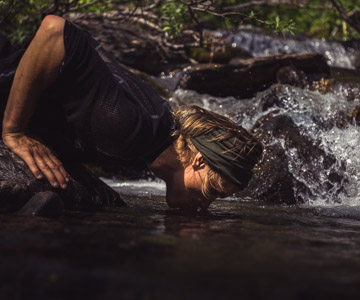
Small-scale, hosting and proximity to nature. Curiosity, knowledge and learning. During her visit to Geunja the Sámi Eco Lodge in the mountain landscape surrounding Ammarnäs, Maria lived in complete harmony with nature. Something happened there, and an inner journey commenced.
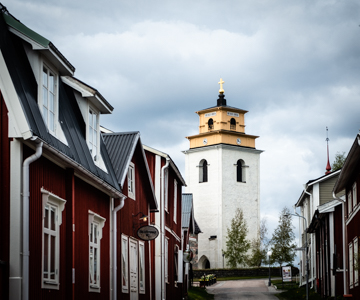
Just outside Luleå, you'll find the church village Gammelstad. This used to be where Luleå city centre was located right up to the 17th century, with red log cabins in a kind of organised chaos around one of Sweden's most beautiful churches. It's a unique place and something to preserve for future generations.
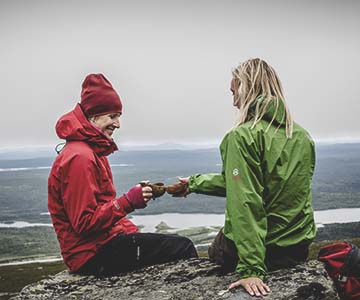
In Sweden, we love our coffee, and so-called boiled coffee (coarse ground and brought to the boil in a pan) is in many ways the national drink of Swedish Lapland. Preferably served with all the trimmings: coffee cheese, coffee meat, dried reindeer meat and reindeer tongue.
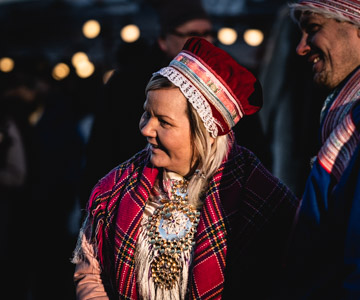
On the first weekend in February, every year since 1606, Jokkmokk's market is held. Apart from world-class Sámi art, culture and handicraft, visitors are usually greeted by proper, cold winter weather.

In Swedish Lapland, nature plays an intrinsic role in our life and work, and the people here are highly sensitive to the small details of the changing seasons. Therefore, it seems only natural that the Sámi people describe eight seasons instead of four.

It is December and the landscape is covered in a white blanket; trees are heavy with snow and the roads are white. The dense mid-winter darkness creates a blue light during a few hours, and windows are lit up by advent stars and candlesticks. Christmas is here.

Sámi design comes in many shapes. From traditional leather hats to a blue dress at the Nobel Banquet. Some of Sweden's coolest designers have taken the Sámi expression further – to put some excitement into everyday life.
This website is made as part of the project AHKKA, co-financed by the European Union and Region Norrbotten.



